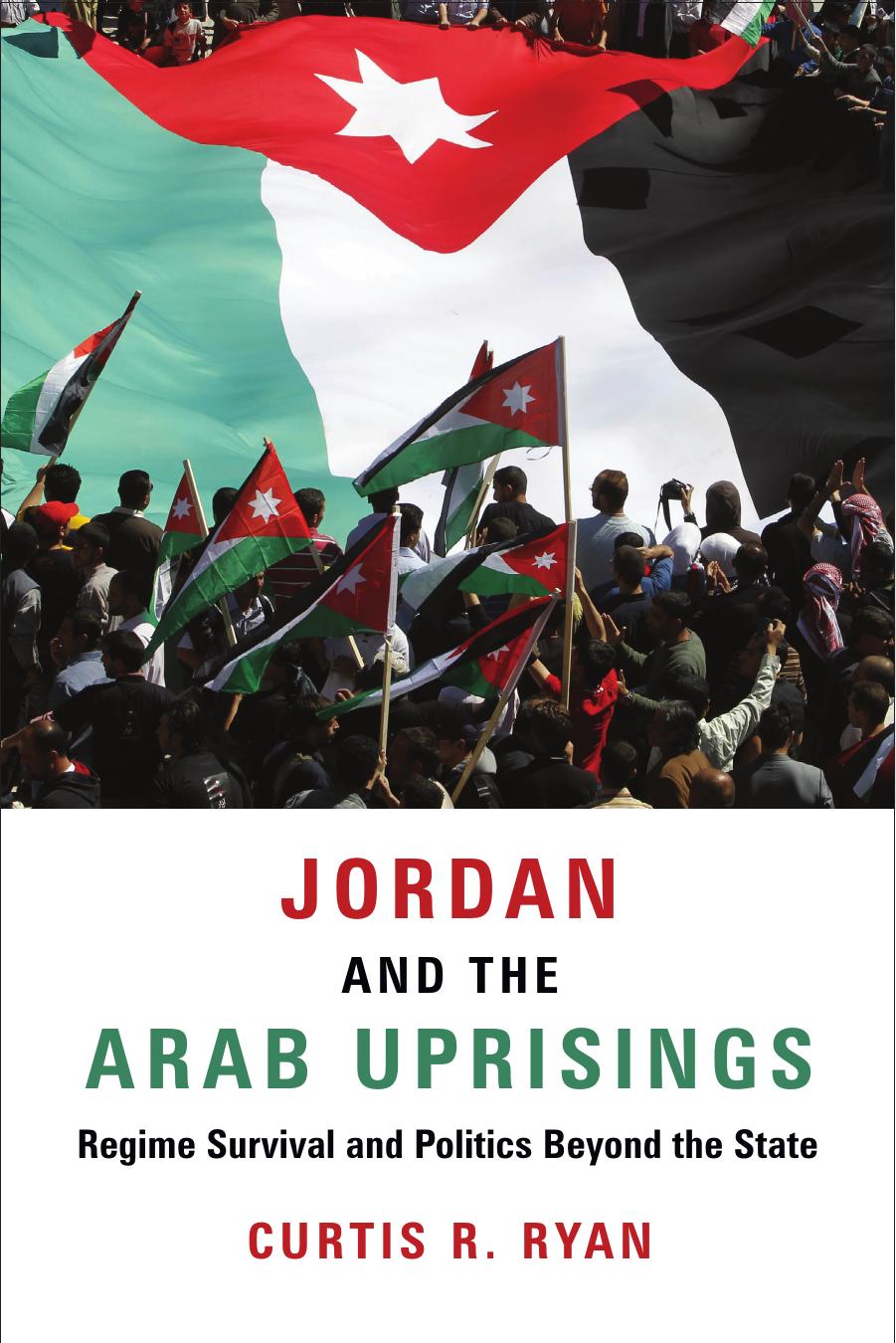Jordan and the Arab Uprisings: Regime Survival and Politics Beyond the State by Curtis R. Ryan

Author:Curtis R. Ryan [Ryan, Curtis R.]
Language: eng
Format: epub, pdf
Tags: Public Policy, History & Theory, Middle Eastern, Political Science, World, Political Process, General
ISBN: 9780231546560
Google: 7UpBDwAAQBAJ
Goodreads: 36906199
Publisher: Columbia University Press
Published: 2018-06-26T00:00:00+00:00
The Elections of 2016
Jordanians returned to the polls on September 20, 2016, to elect a new parliament. Or at least some of them did. The election received little attention in international media, and even Jordanians seemed to be less than enthusiastic, with pre-election polls suggesting participation by fewer than 40 percent of eligible voters.26 The 2016 elections took place via the new and untested electoral system based on proportional representation. Unlike the previous several rounds of elections, however, the polls in 2016 saw the return of the entire democratic opposition, including the Islamist movement. For the first time in nine years, there would be no Islamist or opposition boycott.
Yet even electoral officials were worried about the lack of public enthusiasm and hence feared that a markedly low turnout would cast doubt on the polls themselves.27 âIâm afraid that there is a real problem of trust among voters,â noted Jordanian analyst Osama al-Sharif before the polls. âIf there is low turnout, it will send a clear message to the regime. People are fed up with the rhetoric of reform, with rhetoric about parliamentary governments, and with new slogans.â28 Many officials, candidates, and activists alike were predicting 40 percent turnout or less. âNo parties are boycotting,â said one activist, âBut the people are boycotting.â29
Jordanâs Independent Electoral Commission, however, disputed these pessimistic assessments and worked to double the turnout prediction of their critics. The IEC put its efforts into a voter turnout and information campaign, explaining the new system and precisely how one votes.30 This was needed because many Jordanians found the new system to be confusing. With a new electoral law for every national parliamentary election since the political liberalization process began in 1989, explaining each new system was definitely warranted, and the IEC made extensive use of social media and videos to demonstrate precisely how it worked.31 Civil society organizations and research centers, such as al-Hayat Center and its associated five-thousand-strong teams of observers in the Rased organization, actively monitored the elections, providing additional analysis of the process, the candidates, the lists, and ultimately the outcomes.32
With the new system, the government acceded to a long-standing opposition demand by finally abandoning the single non-transferable vote, or one-person, one-vote system for individual district representatives. The new law did away with SNTV, restored multiple votes for multimember districts, and required candidates to be part of district (not national) lists. Voters voted first for a list and then for multiple candidates within that list. The government argued that the law would help foster political parties, as a step toward eventual parliamentary governments. However, while the new system did require candidate lists, these were based within districts, not the country at large. So they were not likely to become the building blocks of national political parties. Instead, many opposition groups found themselves competing against one another within smaller district-level contests.
Many activists were surprised that the new law did not build on its predecessor. The 2013 elections had, after all, introduced a two-vote system: one ballot for a district candidate and one for a national list (with 27 seats out of 150 drawn from these lists).
Download
Jordan and the Arab Uprisings: Regime Survival and Politics Beyond the State by Curtis R. Ryan.pdf
This site does not store any files on its server. We only index and link to content provided by other sites. Please contact the content providers to delete copyright contents if any and email us, we'll remove relevant links or contents immediately.
The Secret History by Donna Tartt(18803)
The Social Justice Warrior Handbook by Lisa De Pasquale(12125)
Thirteen Reasons Why by Jay Asher(8765)
This Is How You Lose Her by Junot Diaz(6754)
Weapons of Math Destruction by Cathy O'Neil(6116)
Zero to One by Peter Thiel(5657)
Beartown by Fredrik Backman(5574)
The Myth of the Strong Leader by Archie Brown(5400)
The Fire Next Time by James Baldwin(5221)
How Democracies Die by Steven Levitsky & Daniel Ziblatt(5110)
Promise Me, Dad by Joe Biden(5074)
Stone's Rules by Roger Stone(5011)
100 Deadly Skills by Clint Emerson(4821)
A Higher Loyalty: Truth, Lies, and Leadership by James Comey(4820)
Rise and Kill First by Ronen Bergman(4680)
Secrecy World by Jake Bernstein(4615)
The David Icke Guide to the Global Conspiracy (and how to end it) by David Icke(4602)
The Farm by Tom Rob Smith(4419)
The Doomsday Machine by Daniel Ellsberg(4395)
